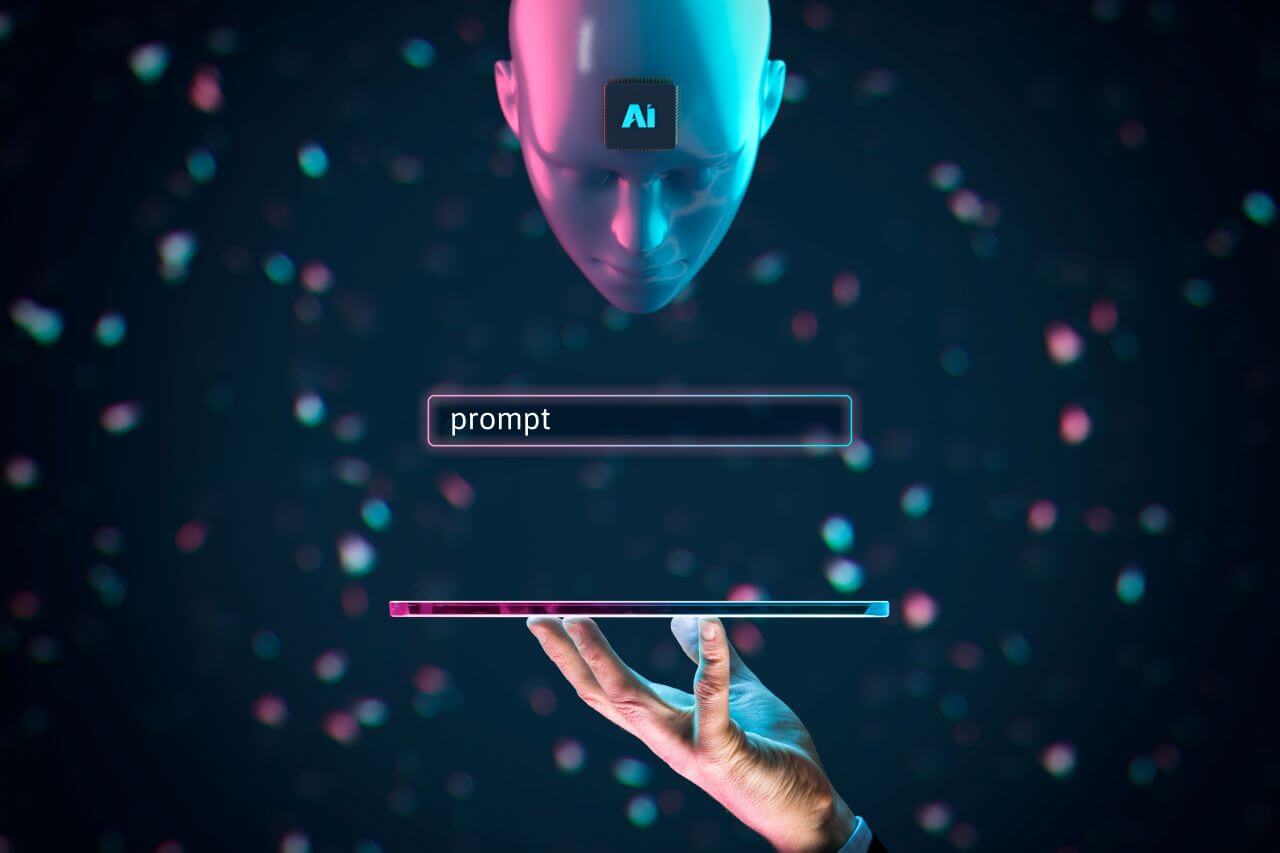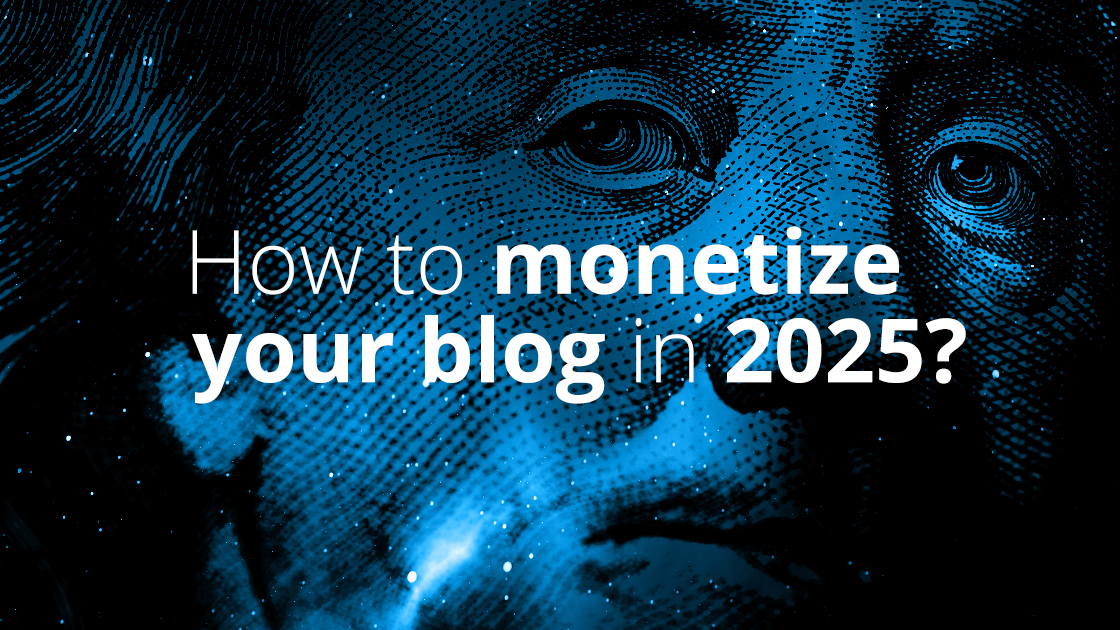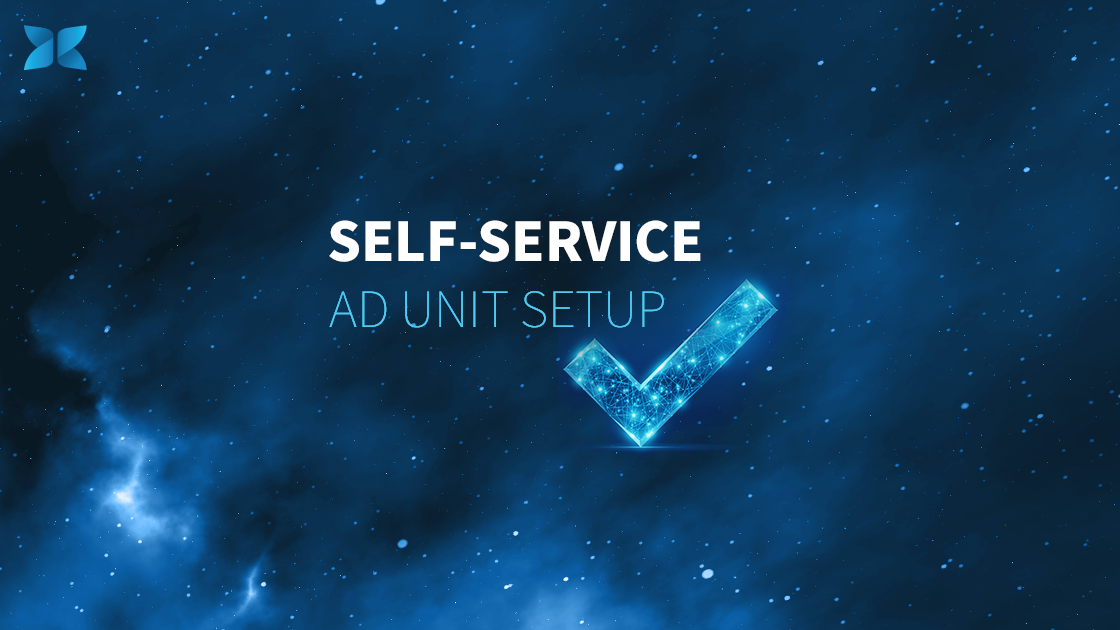The advent of AI (Artificial Intelligence) has caused rampant disruptions in the digital marketing space, triggering debates about the future of the advertising industry. Cutting-edge AI technologies are already revolutionizing copywriting practices, presenting numerous opportunities for bloggers to evolve their content creation process. In this post, we will delve into the intersection of AI and copywriting, how brands are leveraging AI copywriting tools to improve productivity, generate engaging content at scale, and save time. Given the potential benefits that AI copywriting tools offer, it’s just a matter of time before AI redefines the creative process.
Enhancing Creativity through Personalization
One of the most exciting advancements of AI-based copywriting is the personalization of content. Brands leverage AI’s capabilities to tailor their messaging to specific customers’ interests and preferences. AI copywriting systems learn from customer data that brands gather, such as search histories, interactions, and social media activity, to identify the most appealing content. The personalization functionality of the AI copywriting technology assists bloggers and marketers in creating more engaging content that resonates with the target audience. With such personalization, one can improve on their blog’s engagement and minimize audience bounce rates.
Upgrading the SEO Strategy
The AI-based copywriting tools assist in generating SEO-optimized content. AI is empowering copywriters to create more engaging and SEO-friendly headlines, descriptions, and other essential factors that determine the success of a piece. As a result, AI-based copywriting tools make it easy for bloggers and marketers to implement effective SEO strategies, which can bolster visibility and search engine rankings.
Saving Time and Boosting Efficiency
AI-based copywriting tools are highly efficient and save substantial time. These tools allow bloggers and copywriters to streamline a large part of the content creation process. With AI, one can create content faster with improved accuracy, making it easier to meet tight deadlines. The automated and streamlined processes free up time, which one can redirect towards creating more engaging content and improving content strategies that can improve audience engagement.
AI-based Copywriters Facilitate Consistency
For effective content creation and brand communication, consistency is essential. AI-generated copies provide an unparalleled level of consistency when generating content since they can process more significant volumes of data to create content that matches a particular brand’s tone and style. By using AI-based copywriting systems, a brand can maintain its consistency across its platforms, maintaining its brand’s identity.
Reducing Content Creation Costs
The cost of content creation is a significant challenge for many bloggers. AI-based copywriting tools are a cost-effective option for brands who deal with numerous content requests, even within tight deadlines. One can use AI-based tools or outsource the content generation instead of maintaining a large in-house team, reducing costs, and yielding a faster turnaround time. AI-programmed bots can produce content such as ads, product descriptions, and social media updates at scale, allowing brands to enjoy economies of scale in copywriting.
Examples of Successful AI-Driven Copywriting Campaigns
One notable example of a successful AI-driven copywriting campaign is that of the Persado and Chase partnership. Chase, in collaboration with the AI platform Persado, was able to increase customer engagement by using AI-generated subject lines for emails. Reportedly, the AI-generated content performed better than human-generated content by a significant margin.
Another successful example comes from Lexus, the luxury car brand. Lexus worked with the agency The&Partnership and Visual Voice AI to create the world’s first AI-scripted commercial. The AI was trained on 15 years of award-winning luxury advertisements and human intuition to create an engaging and innovative campaign.
Lastly, The Associated Press is another example where AI is proving its worth. The news agency uses AI to generate news stories on financial reports. This allows the AP to generate a large volume of consistent and factual articles faster than any human could, freeing up their human resources to cover more complex stories.
Tips for Integrating AI Copywriting Tools Effectively
If you’re looking to leverage AI for copywriting, consider the following tips for a seamless integration:
1. Understand Your Needs: Define your content requirements clearly prior to selecting an AI tool. Some are better suited for short-form content like ads or social media updates, while others excel in long-form content like blog posts.
2. Experiment and Test: Don’t hesitate to experiment with various AI tools. A/B test the AI-generated content against human-written copy to gauge its effectiveness and adjust your strategy accordingly.
3. Combine AI with Human Creativity: While AI excels at producing content accurately and efficiently, it still lacks the creative depth and emotional nuance of a human writer. Use AI to handle repetitive tasks, but rely on human writers for content that needs a more personal touch.
4. Continual Learning: AI tools improve over time as they learn from feedback. Continually monitor the performance of your AI-generated content and provide necessary feedback for refinement.
5. Ethical Considerations: Ensure you’re transparent about the use of AI in content creation. Misleading consumers about the origin of your content could lead to distrust and reputational damage.
Strategies for Optimizing AI-Generated Content
Optimizing AI-generated content can significantly improve its effectiveness. Here are some strategies to consider:
1. Edit and Revise: Even the best AI tools can make mistakes or produce awkward phrasing. Always review and revise AI-generated content to ensure it meets your standards.
2. Customize AI Settings: Many AI tools offer customization options that allow you to tailor the output to your specific needs. Experiment with these settings to optimize results.
3. Use a Hybrid Approach: Combine AI-generated content with human input. The AI can generate a first draft quickly, and then a human editor can refine it to add a personal touch.
4. Target Your Audience: Make sure your AI tool understands your target audience. The more accurately the AI can mimic the tone, style, and language of your audience, the more effectively it will engage them.
5. Regularly Update AI Training: AI tools learn and improve over time. Regularly updating the tool’s training with your latest content can help it better understand and mimic your brand’s voice.
Choosing the Right AI Copywriting Tool
Selecting the right AI copywriting tool can make all the difference in your content creation process. Here are some tips to guide your selection:
1. Understand Your Needs: Identify what you need the AI tool to do. Do you need it to generate blog posts, social media updates, or product descriptions? The right tool should align with your specific content needs.
2. Test Before Purchase: Most AI tools offer a trial period or a limited free version. Take advantage of this to test how well the tool fits your needs before fully investing.
3. Assess User Interface: A good AI tool should have a user-friendly interface. It should be easy to navigate and not require technical expertise to use.
4. Check Customization Options: Flexibility is key in a good AI copywriting tool. It should allow you to customize output to match your brand voice and audience preferences.
5. Review Customer Support: Reliable customer support is essential. Check if the tool provides prompt and helpful support when you encounter issues or have inquiries.
6. Consider Pricing: Lastly, consider the pricing. Ensure the tool provides value for money and fits within your budget. Remember, the most expensive tool isn’t necessarily the best.
Despite their numerous advantages, AI copywriting tools do have certain limitations that users need to consider.
1. Lack of Human Touch: AI-generated content, while increasingly sophisticated, still lacks the human touch. It misses out on nuances, emotions, and subtlety that human writers bring to their work.
2. Inability to Understand Context Fully: AI can struggle with understanding context and may generate content that’s technically correct but contextually inappropriate.
3. Reliance on Input: The quality of AI-generated content heavily relies on the quality of input data. If the input is subpar, the output likely will be too.
4. Limited Creativity: AI tools, while improving, still struggle with originality. They’re ultimately limited to what they’re programmed to do and can’t truly think outside the box like a human writer.
5. Risk of Errors: AI tools can make mistakes, such as incorrect use of idioms or cultural references, that human writers are less likely to make.
While AI copywriting tools can significantly aid the content creation process, they’re not a complete substitute for human writers. They should be used as a complement to human creativity and expertise.
The Future of AI in Content Creation
The advent of AI in content creation heralds transformative possibilities for the future. As AI tools become more sophisticated, we may witness an era where they not only generate text but also create complex narratives, conceive creative ideas, and produce content that precisely mirrors human emotion and subtlety.
AI has the potential to revolutionize content marketing by automating time-consuming tasks, allowing marketers to focus more on strategy and less on execution. It could, for instance, generate high-quality content at scale while simultaneously personalizing it to individual user preferences.
Moreover, advancements in AI could enable real-time content optimization. AI tools armed with machine learning might analyze user behavior and automatically update content to improve engagement, conversion rates, and SEO ranking.
However, despite the promising prospects, the human touch in content creation will continue to be irreplaceable. AI can enhance efficiency, but creativity, original thought, and emotional connection – key components of successful content – are uniquely human traits. The future, therefore, may not see AI replacing human creators but rather, working collaboratively with them to create more impactful content.
While AI copywriting tools bring a host of benefits, they are not without their limitations. Firstly, AI tools lack the human touch and emotional intelligence that is often crucial in crafting compelling narratives. They may not fully understand context or nuances in language, leading to content that can feel generic or devoid of personality. Secondly, AI tools are dependent on the data they are trained on. If the training data is limited or biased, this can reflect in the generated content. Lastly, AI tools require ongoing supervision and tweaking, as they can occasionally produce inaccurate or inappropriate content. Despite these limitations, with proper management and realistic expectations, AI copywriting tools can still be a valuable addition to your content creation process.
Would you like to know more? Are you interested in increasing the revenue from your site? Contact us - we can help you!
If you're already a member, and you have a question, contact our Customer Success Team. We will help you!






